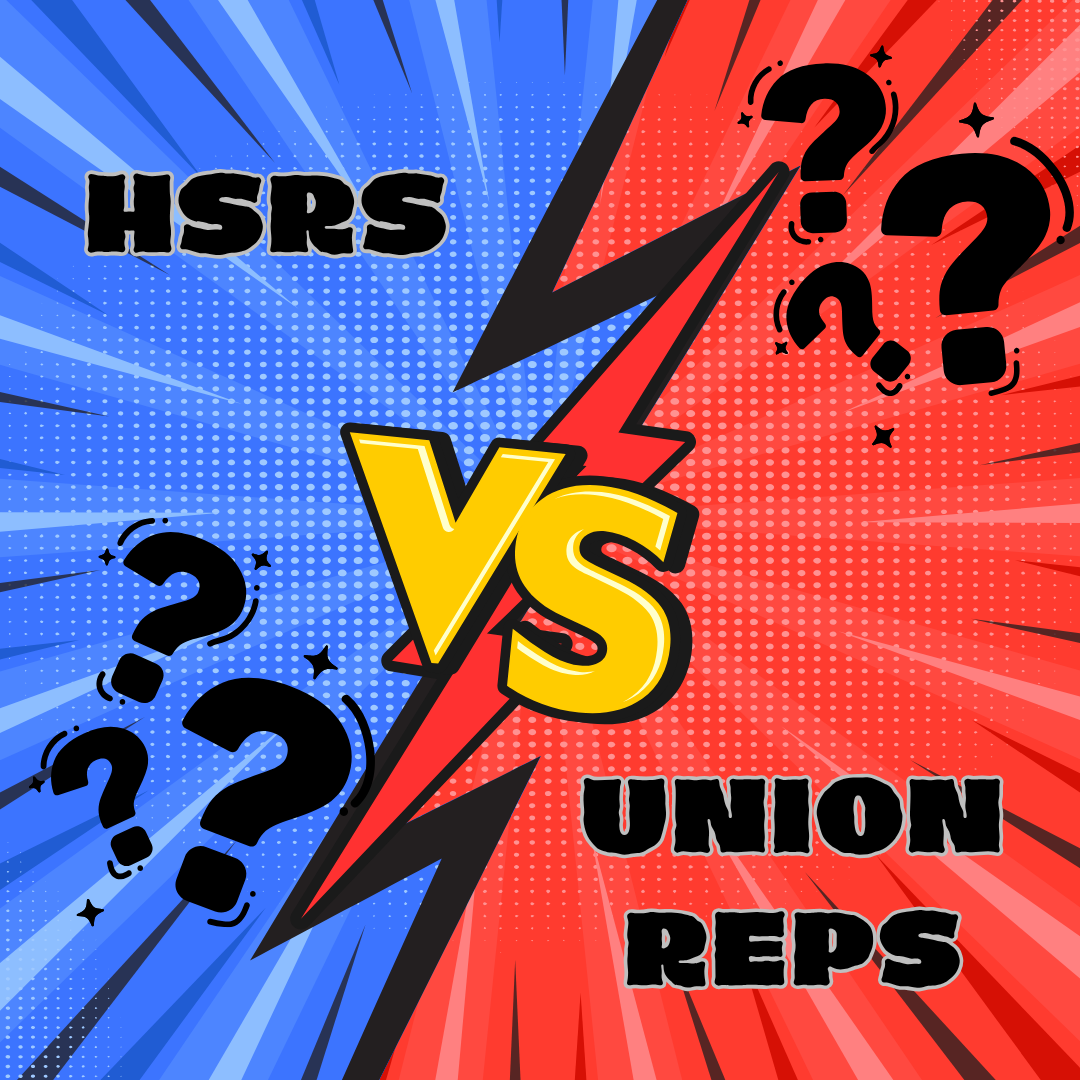Reasonably Practicable?
The Victorian Occupational Health and Safety Act 2004 requires that the employer has a duty to ensure a healthy and safe workplace. This duty must be met as far as reasonably practicable.
But what does this actually mean?
The following must be considered when determining what is reasonably practicable: (according to section 20(2) of The Act):
(a) The likelihood the hazard or risk concerned eventuating;
(b) The degree of harm that would result if the hazard eventuated;
(c) What the person concerned knows, or ought to reasonably know, about the hazard or risk;
(d) The availability and suitability of ways to eliminate or reduce the hazard or risk;
(e) The cost of eliminating or reducing the hazard or risk.
This is often an area of confusion – primarily because the test for what is ‘reasonably practicable’ is in fact objective. When we consider this, it is best to look to WorkSafe for guidance.
WorkSafe Victoria provides some clarification in their Position Statement on the matter:
‘a person is to be judged by the standard of behaviour expected of a reasonable person in the duty-holder’s position who is required to comply with the same duty and is:
• Committed to providing the highest level of protection for people against risks to their health and safety.
• Proactive in taking measures to protect the health and safety of people.’
- WorkSafe position statement - reasonably practicable
There must be a weighing up of each of the 5 points listed under section 20(2) of The Act (above), but with a clear presumption in favour of safety. This means that the likelihood of harm occurring, and the seriousness of the potential outcome, must be the most important factor. The cost must be considered to be the least important factor when deciding what is reasonably practicable.
‘If the degree of harm is significant, e.g. death or serious injury is highly likely, then it is extremely unlikely that the cost of eliminating or reducing the risk would ever be so disproportionate to the risk to justify a decision not to implement an available and suitable control measure.’
- WorkSafe position statement - reasonably practicable
When considering what the person concerned should reasonably know about eliminating the hazard, the state of knowledge regarding hazards and controls must be considered and this must be applied in line with the ranking under the hierarchy of control.
The definition of what is ‘reasonably practicable’ is often one which causes some contention. It is important to go back to the WorkSafe position statement to make sure that you are making decisions in line with the intentions of The Act. Of course, it is always required that the highest level of protection from a hazard is provided in order to ensure a safe workplace.
To read more about this:
How WorkSafe applies the law in relation to Reasonably Practicable | WorkSafe Victoria




